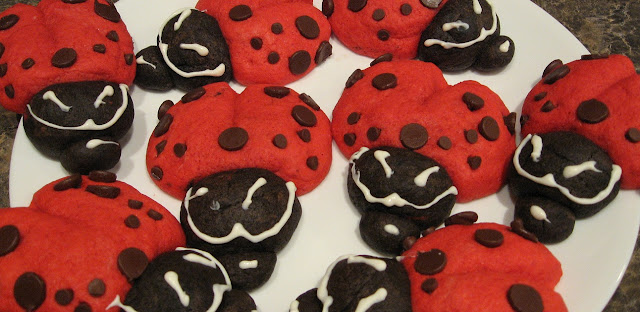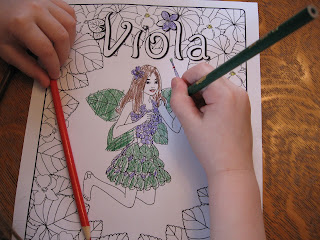While searching for dandelion recipes to try out this spring, I came across a great "educational" game from
LearningHerbs.com. I put educational in quotes, because although the game does teach plant recognition and use in an introductory manner for children (wildcrafting refers to the practice of harvesting plants from the wild)...
...it's also a very fun, grown up version of a
Chutes and Ladders type game, perfect for everyone in our family. My 14 year old enjoys playing it every bit as much as my 5 year old, and we even got the grandparents to play a round or two during their visit, and they generally avoid board games.
Included with the game is a link to a go-along story from the Learning Herbs website, as well as a bonus downloadable dandelion e-book (great because we have more dandelion fun planned, ahead). Registering on the website to access those items, also put us on their email list for updates and announcements, like the video preview series they've been sending out this week regarding a new
Herbal Fairies book series Learning Herbs is about to release.
I'm generally lukewarm when it comes to fairies. Even as a child I sat silently by as Disney's Peter Pan implored children everywhere to say, "I do believe in fairies" in order to save Tinkerbell. But,
Herb Fairies promises to teach about the edible and medicinal herbs linked to each fairy, and I think that's a pretty clever idea.
The series won't be out until next week, but the author, Kimberly Gallagher, is stirring up interest by releasing a little information, and a fun activity each day to go along with the first book - featuring Viola.
The first video message (which you can access
here, by registering your email address with the Herb Fairies site), for instance, accompanies a link to a printable Viola coloring sheet. My youngest two (ages 5 and 7), who are
not lukewarm about fairies, were thrilled to receive it.
The timing of the announcement, and coloring sheet was perfect for us too, as we just discovered the violas in our garden are in bloom.
The girls had already helped me pick a few, along with some mint leaves...
...and I was thinking that we should try candying them, when I checked my email, and discovered the next
Herb Fairies video preview - this time with a link to a recipe card for candied violas!
It seems, that besides incorporating nature journaling, and herbal information, the fairy stories will also include recipes. I'm not sure if I'll like the stories or not - I'm still not crazy about fairies, but my interest has been piqued. Kudos to Learning Herbs for a brilliant bit of marketing.
The girls, and I looked over the recipe, which calls for using raw egg whites (which we try to avoid) and vodka (which we don't have), and opted to go in another direction. But, we did enjoy watching the video of Kathy Gallagher and her daughter turning their flowers into candy. Instead of following their instructions, we washed...
...and dried our flowers...
...and then dipped them into
vanilla sugar water I prepared for the girls, by dissolving
1 cup of sugar in
1/2 cup of water on the stove, then stirring in
a teaspoon of vanilla extract for extra flavor. We left the stems attached to the flowers, to use as handles for dipping...
...and removed them before eating the "candy". Ideally, that would have been after the flowers had had time to dry on a sugar covered plate.
Not many lasted that long, though. My youngest pretty well ate all of hers as soon as they were dipped in the sugar water (believe me, while she's hamming it up, she's not posing in the the picture below).
The few that we managed to save, were served (nearly dry) to the sibs, with blackberry mint scones (just like the
dandelion scones, but with 2 tablespoons of chopped fresh mint added to
sour cream scones, patted out and cut into circles with a glass, and topped with a pressed in dollop of blackberry jam, before baking), and fresh mint tea (hot water poured right over the mint leaves in the tea pot, with sugar to taste)...
...by two very proud little hostesses.
It's great to be a homeschooler.

















































